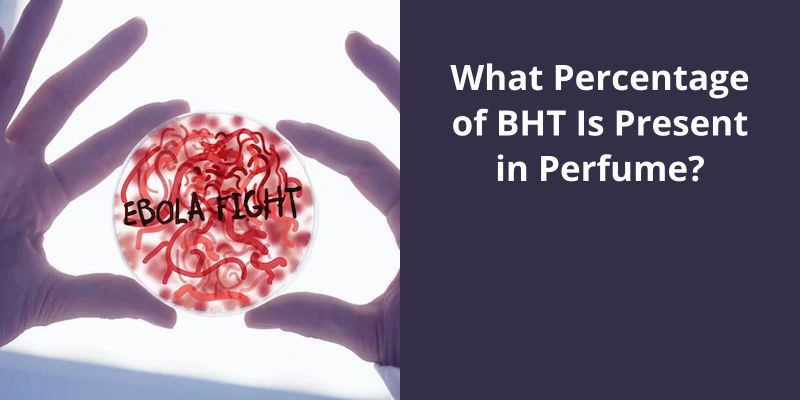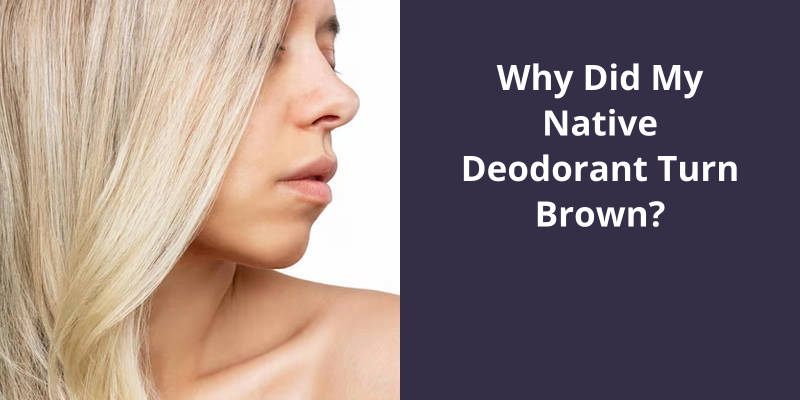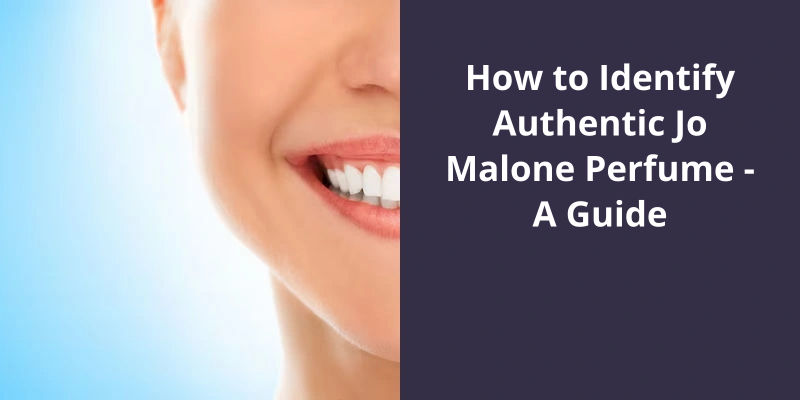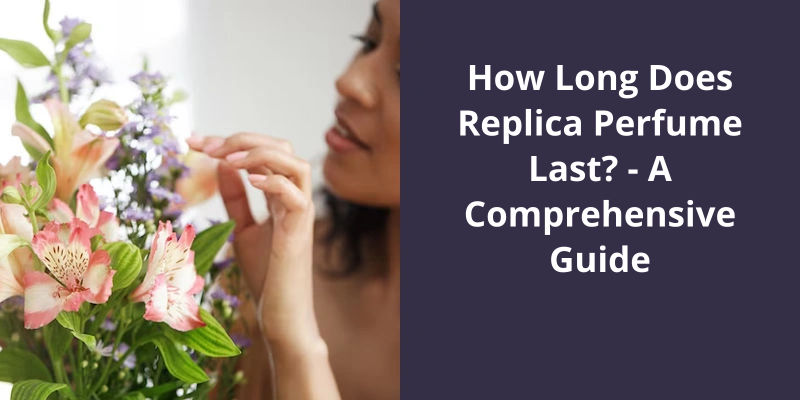The percentage of Butylated Hydroxytoluene (BHT) present in perfumes can vary significantly depending on the formulation of the particular fragrance. However, it is typically used only in small amounts. While there’s no universal standard, one can generally expect the concentration of BHT in perfume to be less than 1%. BHT is an antioxidant that’s used to extend the shelf life of products by preventing the oxidation that can cause them to spoil. Rest assured, even though BHT is used in minute amounts, its addition strictly follows cosmetic safety regulations and guidelines.

What Is the Concentration of BHT in Perfume?
Perfume is an olfactory concoction of various notes that are blended in precise ratios to create a unique and pleasing fragrance. The addition of various scents and essential oils gives perfume it’s aroma, whereas the inclusion of BHT is for it’s antioxidative properties. But what’s the concentration of BHT in perfume?
BHT, or Butylated Hydroxytoluene, is commonly used in cosmetic and food products for it’s antioxidant properties. It functions as a preservative that prevents oxidation of the product and prolongs it’s shelf life.
It’s crucial to note that each fragrance manufacturer may use different amounts of BHT in their perfumes. In some cases, BHT may not be included at all.
Other compounds like Vitamin E, tea tree oil, and various natural antioxidants are used as alternatives or in combination with BHT. The aim is to maintain the fragrances integrity and protect both the perfume and the users skin.
It’s precise concentration depends on various factors and can vary between perfume manufacturers. Regardless of the preservative, the aim is to ensure that the perfume stays fresh and doesn’t cause any adverse effects on the users skin.
How Do Perfume Manufacturers Determine the Optimal BHT Concentration in Their Products?
- They conduct stability tests on the perfume with different concentrations of BHT.
- They monitor the color, odor, and texture of the perfume during the stability tests.
- They analyze the chemical reactions and changes that occur in the perfume during the stability tests.
- They compare the results of the stability tests to industry standards and regulations.
- They choose the optimal BHT concentration based on the results of the stability tests and industry standards.
Understanding the concentration of perfume is essential for choosing the right fragrance that lasts longer on your skin. Generally, perfume extract contains a high percentage of essence with alcohol making up the rest of the mixture. Let’s delve deeper into the types of fragrances based on their concentration and how to select the perfect scent for you.
What Is the Percentage of Perfume?
Perfume extract or perfume is the most concentrated form of fragrance and has a high level of essence compared to other categories of fragrances. Generally, the concentration of essence in perfume varies from 20 to 40%. This makes it last longer on the skin and makes it more potent. It’s due to the high level of fragrance oils that make it an expensive indulgence. Also known as extrait de parfum, it requires only a spritz or two to achieve a long-lasting scent.
The other vital component of perfume extract is alcohol, which makes up between 60 and 80% of the total mixture. The alcohol used in fragrance production is usually ethanol, which ensures a consistency in the scent. The amount of ethanol used isn’t enough to irritate the skin but high enough to get the scent to disperse.
The percentage of perfume is what determines the intensity of the fragrance. For instance, a 20% perfume concentration has a weaker scent than a 40% concentration. Therefore, the higher the percentage, the stronger the fragrance thus the more expensive it is. Regardless of the perfume percentage, applying it on the pulse points like the wrists, neck, and inside elbows will ensure it lasts for a more extended period.
Perfume extracts are the gold standard when it comes to luxury fragrances and are a popular choice for sophisticated individuals. They come in small, elegant bottles, making them perfect collectors items. Additionally, the quality of the ingredients used in it’s production is of the highest standards, making it a premium aromatic indulgence. The art of perfume-making is a skill that’s been mastered over centuries, and the percentage of perfume extract in the mixture is crucial in creating the perfect fragrance.
Perfume extracts are a luxury good that anyone can afford. Purchasing a expensive perfume extract is worth the investment because of it’s quality ingredients and long-lasting scent.
Now that we know what BHT is and how it’s commonly used in cosmetic formulations, it’s important to understand the potential effects of it’s presence in our personal care products.
What Is BHT Level?
BHT is often added to skincare products to extend their shelf life and prevent rancidity. It works by inhibiting the oxidation process in the formula and helps to maintain it’s efficacy. BHT is also commonly used in food and beverage industries as a preservative, preventing spoilage caused by oxidation.
Despite it’s widespread use in skincare, BHT level has been a topic of debate due to it’s potential health risks. Some studies have shown that long-term exposure to BHT can lead to hormone disruption, liver damage, and an increased risk of cancer. However, these studies have primarily been conducted on animals, and the implications for human health are still unclear.
Still, some consumers prefer to avoid products that contain BHT due to the potential risks.
These products use other natural antioxidants such as vitamin E or rosemary extract to preserve the formulas stability and efficacy.
As consumers continue to demand clean and natural skincare, manufacturers will need to consider alternative preservatives that offer the same benefits as BHT without the potential health risks.
How Can Consumers Reduce Their Exposure to BHT in Their Daily Lives?
- Avoid processed foods that contain BHT, such as breakfast cereals, snack foods, and baked goods.
- Choose fresh fruits and vegetables whenever possible to reduce your exposure to BHT.
- Read food labels carefully and avoid products that list BHT as an ingredient.
- Choose natural and organic products that don’t contain BHT.
- Store food in glass or stainless steel containers instead of plastic containers that may contain BHT.
- Cook your own meals at home so you can control the ingredients and avoid BHT.
- Replace synthetic food colors and flavors with natural alternatives such as herbs and spices.
- Get involved in advocacy efforts to encourage companies to use safer alternatives to BHT.
Now that we understand the importance of treating oils before adding lye or water, it’s time to take a closer look at the specific ingredient of interest: BHT. In order to ensure our soap-making process is safe and effective, we need to understand the recommended usage rate for this ingredient. So just what percentage of oil is BHT? Let’s dive in.
What Percentage of Oil Is BHT?
05% of the total weight of the oils in a soap recipe. It isn’t recommended to use more than .05%, as this can cause discoloration in the soap. Therefore, the percentage of BHT in oil is incredibly low, with the highest recommended usage rate being only half a percent.
BHT, or butylated hydroxytoluene, is an antioxidant that’s commonly used in soap making to prevent rancidity and extend the shelf life of oils. It helps to prevent the oxidation of fatty acids in oils, which can cause a soapy smell and a shorter shelf life.
When it comes to determining the percentage of BHT in oil, it’s important to note that this will vary depending on the concentration of BHT in the product being used. BHT can come in various forms, including powders, crystals, and liquids, with different concentrations available. The recommended usage rate of .01% – .05% refers to the weight of the oils in a recipe, not the concentration of BHT in the product.
This ensures that the BHT is evenly distributed throughout the oils and can begin working to prevent oxidation as soon as possible.
By following these guidelines, soap makers can ensure their oils remain fresh and stable for as long as possible.
The Effects of BHT on the Human Body and Potential Health Concerns Associated With It’s Use
This article examines the impact of BHT on the body and concerns regarding it’s use.
Understanding the solubility of a substance is a crucial aspect in various fields of study, ranging from chemistry to pharmacology. Among the compounds that require such scrutiny is Butylated Hydroxy Toluene or BHT, a chemical frequently used as an antioxidant and preservative in various industries. While known for it’s effectiveness, a vital consideration in utilizing BHT is it’s solubility in different mediums, as it can influence it’s potency and efficacy. In this article, we will delve deeper into the solubility of BHT in various solvents and how it affects it’s properties.
What Is the Solubility of BHT in Various Solvents?
It’s important to note that the solubility of BHT can vary depending on several factors such as temperature and pH. At higher temperatures, the solubility of BHT in organic solvents may increase, while it may decrease in aqueous buffers.
One study found that the solubility of BHT in ethanol could be increased by the addition of water, up to a certain point. Beyond that point, the solubility began to decrease as more water was added.
Additionally, future research may continue to shed light on the complex nature of BHT solubility.
Conclusion
Additionally, it's worth noting that many fragrances already contain BHT or another type of antioxidant. While this information may seem trivial to some, it highlights the importance of understanding the ingredients in the products we use on a daily basis. By taking a closer look at what goes into our fragrances, we can make better choices for both our own health and the environment.





